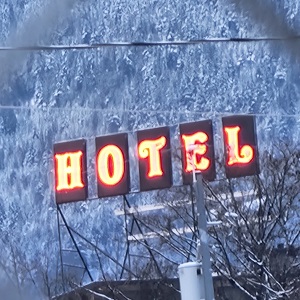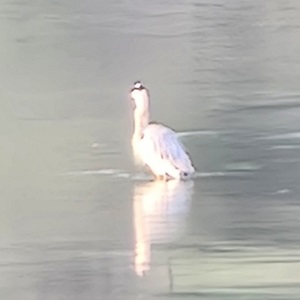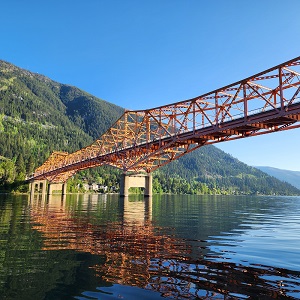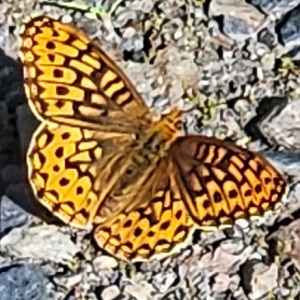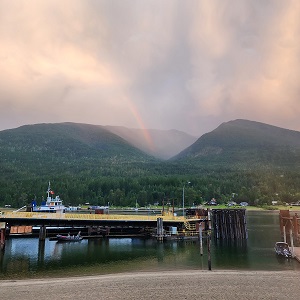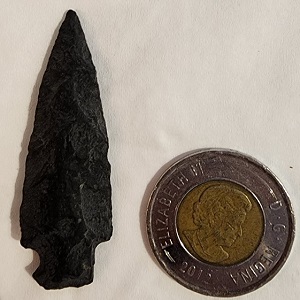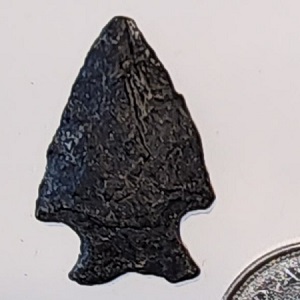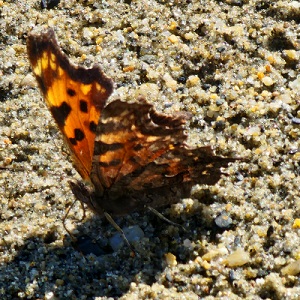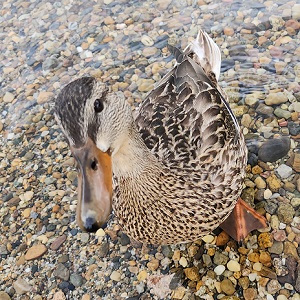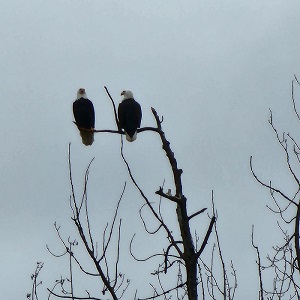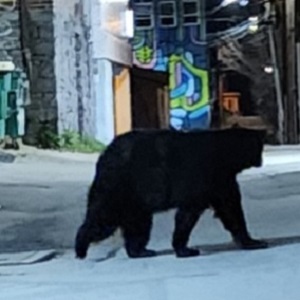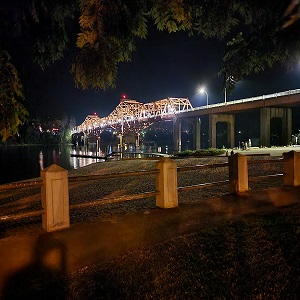Reading the Dover Edition, with 127 engravings.
Now this had no right to be as good as it was. A little wary of reading it, I love first person history, travelogues, archeology, but I know nothing of the Maya or the Yucatan.
Now I know more precisely how little I know and I want to go dig a hole and learn more...
The author writes with a clear, contemporary prose style. Meaning it's an easy read. And it's part travelogue, part adventure, and - largely - part "archeology", although the modern world would describe it mostly as looting. In his defense - and the defense of countless others (including myself) - he was visiting places and doing archeology where the locals had no interest. He, in his favor, was very interested, and his notes inform and inspire archeologists today.
The first few chapters he gets into the history of Mexico, and it's a travelogue of his arriving, staying with the locals, etc, etc.
Chapter 2 describes bullfights, the customary tortures, injuries, and the author finds it all a bit savage, for reasons his descriptions make clear.
From here to a brief history of the conquest of Mexico, the Yucatan, etc. He describes the ill fated first explorers (Cordova, not good), and provides context for the culture he's encountering.
His background, for example, on the first Galleons sent from Spain to "Conquer and Colonize" - he delineates the restrictions and rules placed upon Conquistadors/Merchants/Colonists from Spain:
"The last provision, which may seem rather illiberal, if not libelous, was, that no lawyers or attorneys should go into these lands from the kingdom of Spain, nor from any other part, on account of the litigation and controversies that would follow them."
By now already I am bitter that I have only Volume 1, there are 2 Volumes to this (and he refers the reader to past books he's written on the area and topic and I have some searching to do but he is, unfortunately, a little bit obscure).
I find it notable, remarkable, laughable even that given their explicitly stated intentions of seizing gold and taking slaves, that the Spaniards seem genuinely surprised by their less than enthusiastic welcome.
Worth noting, we live in the same age where both Bezos and Musk lament the dearth of employees - when - if any of us - if all of us could come to our right minds we'd be showering them both with arrows and ripping out their beating hearts on the tops of temples...
The Indians, in short, realized their evil and insidious intents and no sweet words could save them.
So, violence having failed they send them the Friars and Priests, to convert them, teach them the doctrines of obedience, mercy, kindness, to educate their children, and you know what follows.
"Send in the Priests" could well be the most sinister line in New World History.
More notes upon the Spanish Conquest:
"All these they gained in succession; and so great was the slaughter of the Indians that at times their dead bodies obstructed the battle, and the Spaniards were obliged to pass over the dead to fight with the living."
When the Spanish, with the help and preparation of the priests, have conquered they begin their colonization.
He makes mention of the Spaniards tearing down the Pyramids to build their own cities, recycling the stones, history lost forever beneath new towns constructed over ancient and overgrown metropolises, and you realize that only a fraction of what you can view as a tourist exists only because the more historic remains were recycled into the new.
Now consider the pyramids torn down to pave and flag the piazza's and plazas of Mexico today and you have an idea - only an idea - of how much of their history was lost.
To continue. Stephen's travels take a curious and morbid turn with their daguerreotypes and squint-fixing surgeries, they appear Mountebanks, or charlatans on the world tour. "Strabismus" is the affliction they're curing now, the uncomfortable comedy of surgery upon cross-eyed peasants, Monty Python in the extreme, bloody, gory, reminding me of nothing so much as the "Duke & Dauphin" of Huckleberry Finn.
From here they set out onto their adventures. The journey to unvisited Mayan Villages, discovering Catholic Churches festooned with skulls and crossbones, altars covered in skulls, as if lifted right out of Edgar Rice Burroughs...only, Stephen's was here first.
"Before the door of the church lay the body of a child on a bier. There was no coffin, but the body was wrapped in a tinsel dress of paper of different colors, in which red and gold were predominant; and amid this finery worms several inches long were issuing from it's nostrils, curling and twisting over its face; a piteous and revolting spectacle, showing the miserable lot of the children of the poor in these Indian Villages."
He encounters caves filled with fossils - "...from when the sea overflowed", in want of a more current geological explanation, with no concept of tectonics, uplift or continental plate he defaults to the Flood Mythology from the Bible.
There are the descriptions of ruins, sculptures, hideous demons, jaguars, birds, snakes, deities, that could be lifted right out the set decoration of Indiana Jones, or - as more likely - a good deal of Indiana Jones was lifted right from here.
A curious note - the author postulates that "Yucatan" meant "I don't know what you mean" in Mayan, when the Spanish would ask "What is this land?", this was the invariable reply.
I follow along these adventures on Google Maps, looking up each of the Mayan ruins he discovers and villages he visits. Satellite view, some no longer ruins but replaced by villages, others still there in the jungle, and given the swiftness with which the jungle overtakes it is easy to imagine the entirety of the Yucatan, at one point or another, has been under a metropolis. There is the monumental scale of the architecture they come across, 200, 300 foot plazas, pyramids, buildings, only the climate did not favor their survival as did the deserts of Egypt, yet the scale and frequency of ruins suggests a vastly greater pre-Columbian population than exists there even today.
Then there are the hazards - largely things like the risk of fevers, mosquitos, other winged pests and biting scourges, the being covered head-to toe with midges and the countless winged horrors that populate jungles and wild areas worldwide. Curiously in the entire book he makes no mention of the Tarantulas or Venomous Snakes, the real perils here are the flies.
He describes abandoned temples filled with bats, ruins, underground labyrinthine corridors, tombs, entering a cave he writes: "Candle in one hand, pistol in the other...", coming across idols and toppled statuary grotesquely carved after the Mayan fashion, and then in his return to civilization details the Mexican custom of exhuming, cleaning, and reinterring bodies until the bones are clear (usually only 2 or 3 years), at which point they're moved outside.
It would be hard to find a better book to winter with, and - while unfortunately I've finished this one there are a few more by him that I'll have to track down. This was perfect.

